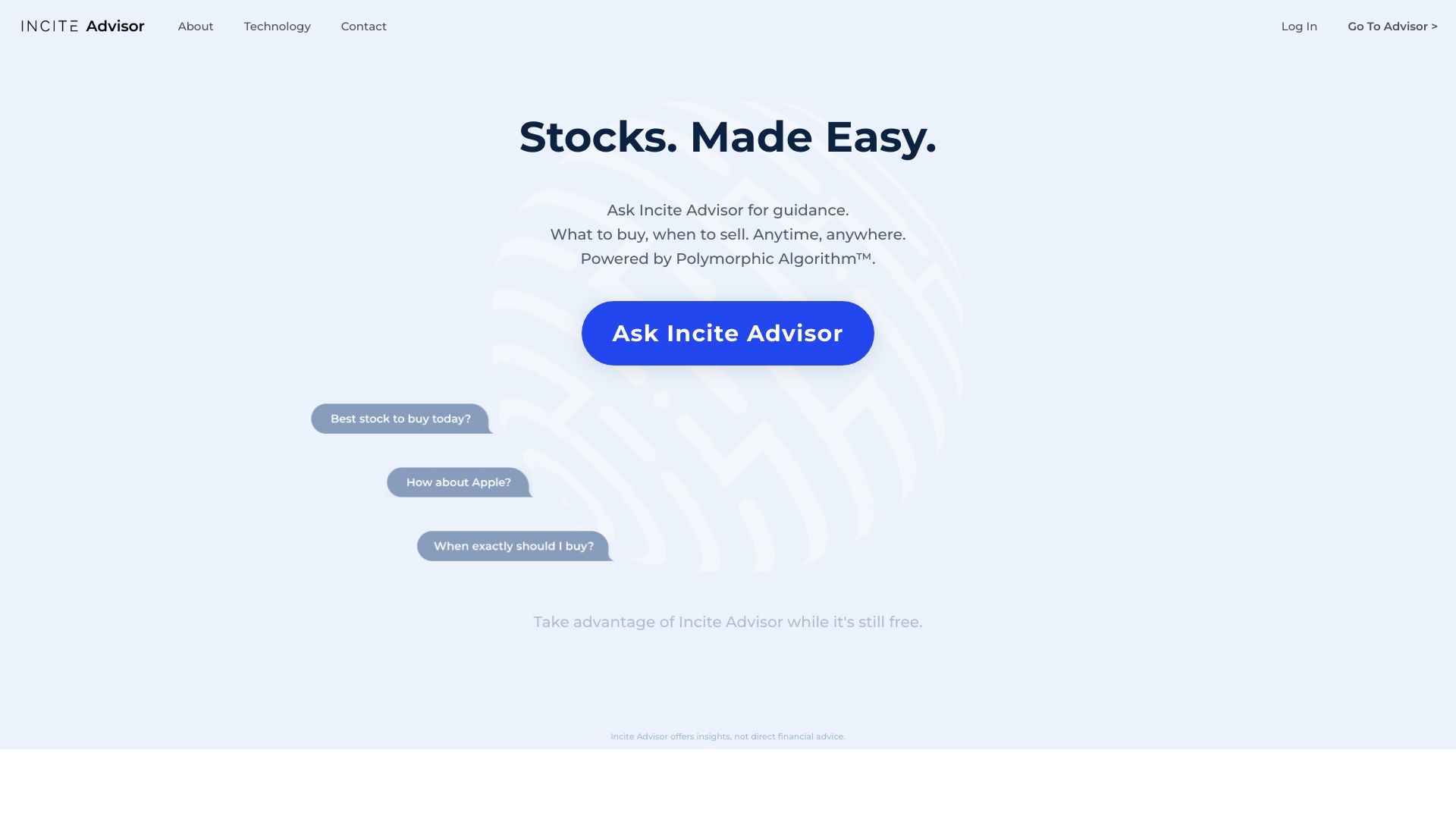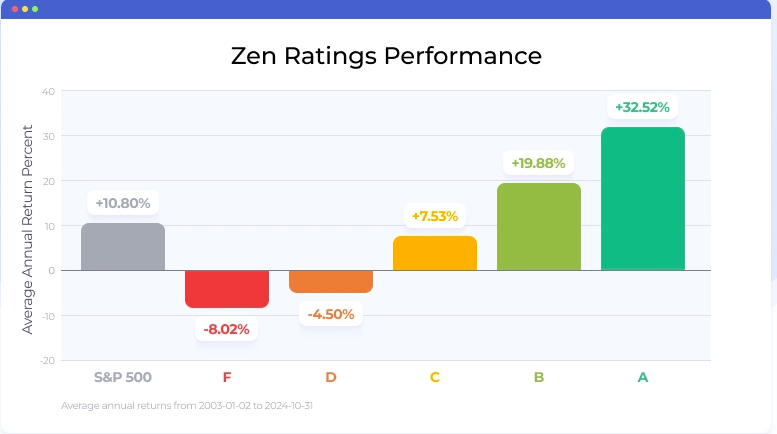Top 10 Tips On How To Evaluate The Integration Of Ai Platforms For Stock Prediction And Analysis And Their Compatibility
Integration and compatibility are critical factors when the evaluation of AI stock Predicting/Analyzing trading platforms. An integrated platform that is seamless with your current tools and systems as well as workflows can significantly enhance efficiency and effectiveness. These are the top 10 guidelines for evaluating the integration and compatibility of these platforms:
1. Check Brokerage Integration
Integration of the platform with your preferred broker or trading accounts: Make sure that the platform is compatible with your chosen brokerage or account.
Trade execution: Check whether the platform permits direct trade execution via the broker integrated.
Account synchronization - Examine to see if the platform you are using can sync account balances, transactions, and positions in real time.
2. Check API availability
API access: Make sure that the platform has an API (Application Programming Interface) to allow developers to create custom tools or to automate workflows.
API documentation: Check if the API is well-documented and includes explicit examples and cases of use.
Rate limits. Make sure that the API you're considering has reasonable limits on rate and is able to handle the volume of your use.
3. Integration of Third-Party Tools
Popular Tools: Ensure that that the platform has integrations with other applications, like Google Sheets and Excel.
Import and export of data. Ensure the platform is able to export/import data quickly from/to other tools.
Extensions/Plugins: Check if the platform supports plugins or extensions for additional functionality.
4. Test Compatibility Operating Systems
Desktop compatibility: Make sure your platform is compatible with your OS of choice (Windows, macOS or Linux).
Mobile compatibility: Find out if the platform offers an app for mobile devices on iOS as well as Android.
Web-based accessibility: To improve flexibility, check if the interface of the platform can be accessed through a web browser.
5. Examine Data Integration Capabilities
Data sources - Ensure that the platform can be integrated with different sources of data (e.g. news feeds, market data, sentiment on social media).
Real-time data streams: Ensure that the platform has the ability to incorporate real-time information for up-todate analyses.
Verify the platform's capability to import old data.
6. Assess Cloud and On-Premise Compatibility
Cloud-based Platforms: The platform should be accessible from anywhere with an internet connection.
On-premise Solutions: If you would like to run your application on premises, make sure the platform is compatible.
Check for hybrid options. This is a method which combines cloud capabilities with on-premises.
7. Check for Cross-Platform Synchronization
Device synchronization. Make sure the platform synchronizes data and settings between devices (desktops/laptops/mobiles/tablets).
Real-time updates: Check if changes made on one device reflect immediately on other devices.
Check the platform to see if it allows access to data or functions when you're offline.
8. Check the whether trading strategies are compatible
Automated trading strategies or algorithmic should be supported by the platform.
Custom indicators - See whether the platform allows the use of customized scripts and technical indicators.
Backtesting strategies. Find out if the platform allows strategies for backtesting based on the past data.
9. Review Security and Compliance
Data encryption: Ensure that the platform uses encryption both for data in transit and in rest.
Authentication: Verify whether the platform supports authenticated methods that are secure (e.g. two-factor authentication).
Regulation compliance: Determine if the platform meets relevant laws (e.g., GDPR, FINRA, SEC).
10. Test Scalability and Performance
Scalability is important. The platform must be able handle the growing quantity of data, as well as the the increasing number of users.
Performance under load: Check whether the platform continues to be responsive during high-volatility market conditions.
Resource usage: Determine if your platform uses the resources of its system (CPU/memory, bandwidth) efficiently.
Bonus Tips
Customer feedback: Read customer reviews and testimonials in order to evaluate the integration capabilities of the platform.
Free trial period: You are able to try a demo or a free trial to test the platform's compatibility with your existing workflows and applications.
Support for customers: Make sure the platform offers robust support for integration-related issues.
Use these guidelines to evaluate the integration and compatibility between AI stock Predicting/Analyzing platforms and your current trading systems and ensure that they increase the efficiency of your trading. Follow the top ai for investment recommendations for website recommendations including AI stock picker, trading ai, ai trading, AI stock market, AI stock picker, ai investment app, ai investment app, ai for investment, ai for investing, ai trade and more.

Top 10 Tips For Evaluating The Scalability Of Ai Analysis And Stock Prediction Platforms
It is essential to determine the performance and scalability of AI-driven trading and stock prediction platforms. This will help ensure that they're able to handle growing data volumes, market complexity, and the demands of users. Here are the top ten suggestions to evaluate the scalability of AI-driven stock prediction and trading platforms.
1. Evaluate Data Handling Capacity
Tip: Make sure the platform you are considering can process and analyze large data sets.
Why: Scalable platforms must manage increasing volumes of data without performance degradation.
2. Test the capabilities of a Real-Time Processor
TIP: Examine how the platform can process real-time data streams, like live stock prices, or breaking news.
Reason: Trading decisions are made in real-time, and delays could lead traders to miss opportunities.
3. Cloud Infrastructure and Elasticity
Tips: Find out whether the platform utilizes cloud-based infrastructure (e.g., AWS, Google Cloud, Azure) and is able to scale resources dynamically.
The reason: Cloud platforms are elastic and are able to be scaled up or down in response to the demand.
4. Algorithm Efficiency
Tips: Evaluate the computational efficiency (e.g. deep learning, reinforcement-learning) of the AI models used for prediction.
The reason: Complex algorithms can be resource intensive So the ability to optimize these algorithms is crucial for scalability.
5. Study Parallel and Distributed Computing
Tip: Check if the platform uses parallel processing or distributed computing frameworks (e.g., Apache Spark, Hadoop).
Why: These new technologies provide faster data analysis and processing on multiple nodes.
Examine API Integration, and Interoperability
Tip: Test the platform's ability to interface with APIs that are external (e.g., market data providers, brokerage APIs).
What's the reason? Seamless integration guarantees that the platform is able to adapt to the changing information sources and environments for trading.
7. Analyze User Load Handling
Try simulating traffic volumes that are high to determine the performance of your platform.
Why: Scalable platforms should deliver the same quality of service regardless of how many users there are.
8. Assessment of Model Retraining and the Adaptability
Tips: Check how often and efficiently AI models are retrained with new data.
Since markets always change It is crucial to ensure that models are up-to-date.
9. Examine fault tolerance and redundancy
Tip: Ensure the platform has failover mechanisms and redundancy for hardware or software issues.
Since the cost of downtime in trading, fault tolerance is crucial for scalability.
10. Monitor Cost Efficiency
Examine the costs of increasing the capacity of the platform. This includes cloud resources as well as data storage as well as computational power.
Reason: Scalability should not result in an unsustainable price So balancing performance and cost is crucial.
Bonus Tip Future-proofing
Make sure the platform is built to take advantage of new technologies (e.g., quantum computing, advanced NLP) and be able to adjust to regulatory changes.
You can evaluate the capacity and effectiveness of AI trading and stock prediction systems by paying attention to this aspect. This will help ensure that they're effective, robust and prepared for growth. Check out the most popular ai tools for trading for website examples including best AI stocks, AI stock prediction, best AI stocks, ai tools for trading, best ai trading platform, stock predictor, can ai predict stock market, ai in stock market, best ai for stock trading, ai tools for trading and more.

Comments on “20 Great Facts For Deciding On AI Stock Investing Platforms”